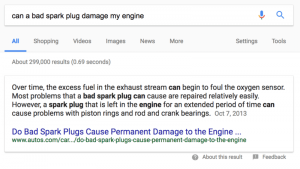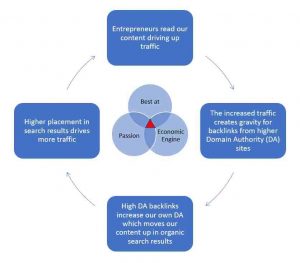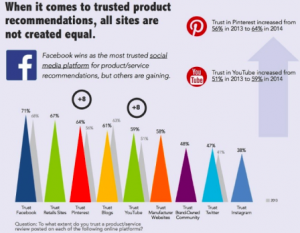Marketers may not be able to predict the future, but columnist Loretta Jones explains how a combination of small data analytics, predictive analytics and marketing automation can help your campaigns perform at their best.

No one can predict the future, but smart marketers come pretty close. Using big data and machine intelligence to gauge the possibility of outcomes based on customer data and historical context, predictive analytics are about as magical as you’d expect a crystal ball to be: not perfect, sometimes murky, but more accurate than not.
Every day, predictive analytics help marketers improve lead generation, sales opportunities and other critical campaign metrics. As the sheer amount of data in today’s marketing landscape continues to grow, predictive analytics might become more valuable than we’ve previously seen — or insights from analytics campaigns and solutions might start getting lost in a tidal wave of information.
Despite this deluge, marketers must maintain their credibility as (almost) certified fortunetellers. Below are three ways to manage data and increase the ROI of predictive analytics campaigns.
1. Forget about big data
Big data is a major asset to any business — but marketers need actionable data to create and run measurable campaigns. When too many details are available, the important insights can get lost. Marketers should aim to break big data into “small data” sets, using categories and specific goals to apply relevant information toward practical applications.
Analyzing small data shows brands exactly who their customers are, in terms of segments, verticals, target markets, company sizes and locations. Brands can take that data a step further and learn the level of support every customer needs, using information like buyer personas, customers’ role in the buying process, company maturity and more.
By combining these two sides of every customer profile, brands can deliver tailored, personalized service with every consumer interaction and create as little unwanted friction as possible.
2. Start informing marketing predictions with small data
Predictive analytics rely on data to deliver accurate, valuable insights. When informed by segments of small data, marketers can drill down into customer profiles and learn more about how users interact with the brand.
For example, aspects like the time of day customers log into the brand’s online portal, the issues that prompt a call to customer service, the reason some customers convert and some never interact with software beyond its freemium offering can shed light when analyzed in the context of a bigger campaign.
Armed with such insights, marketers can optimize their websites or customer interaction policies to support users in a way that makes conversion straightforward, simple and more desirable.
For example, if a certain marketing email triggers more subscriptions than others, marketers can determine through testing if the email’s success comes from its language, timing or call to action, and then repeat that element in new pieces of content.
3. Combine predictive analytics with marketing automation to personalize the customer experience
At this point in today’s marketing technology landscape, some level of automation should be considered the status quo. For some brands, that means sending emails addressed to the customer’s first name or offering a discount on birthdays and holidays — and if those strategies are proving their worth, they might represent a level of engagement perfect for the customer base in question.
However, many brands need to go deeper in order to provide value to customers and deliver personal, helpful, perfectly timed offers that help customers reach their business goals.
In addition to enhancing personalized marketing campaigns and helping brands build relationships with customers, a combination of small data and predictive analytics is the key to marketing automation success.
Brands should focus on analyzing the aspects of automated campaigns that produce the greatest ROI, whether it’s the way certain demographics respond to time-sensitive offers or a tendency for new customer acquisitions to happen at the same time every year. After predictive analytics help isolate these critical elements, automation solutions can drive engagement and customer loyalty down the road.
It’s still not possible to predict the future. You might never know exactly why the light bulb went off in a certain target’s mind and encouraged her to become your brand’s customer yesterday afternoon, or why customers based in the Pacific Northwest are disproportionately taking advantage of your pre-holiday sale.
However, a combination of small data analytics, predictive analytics and marketing automation can help your brand isolate the factors that matter most, test them among customers and use them to make every interaction, and every customer relationship, more positive for everyone involved.
Some opinions expressed in this article may be those of a guest author and not necessarily Marketing Land. Staff authors are listed here.
Marketing Land – Internet Marketing News, Strategies & Tips
(41)









